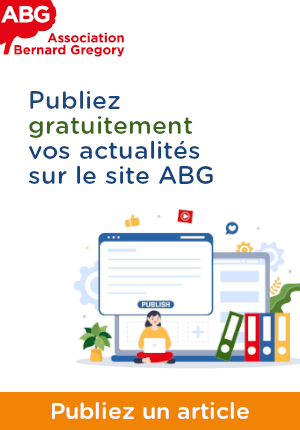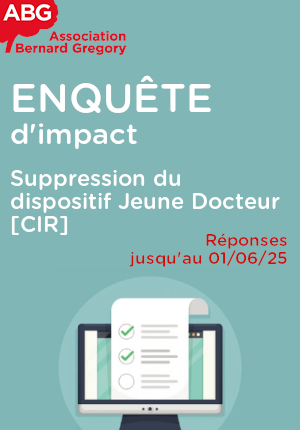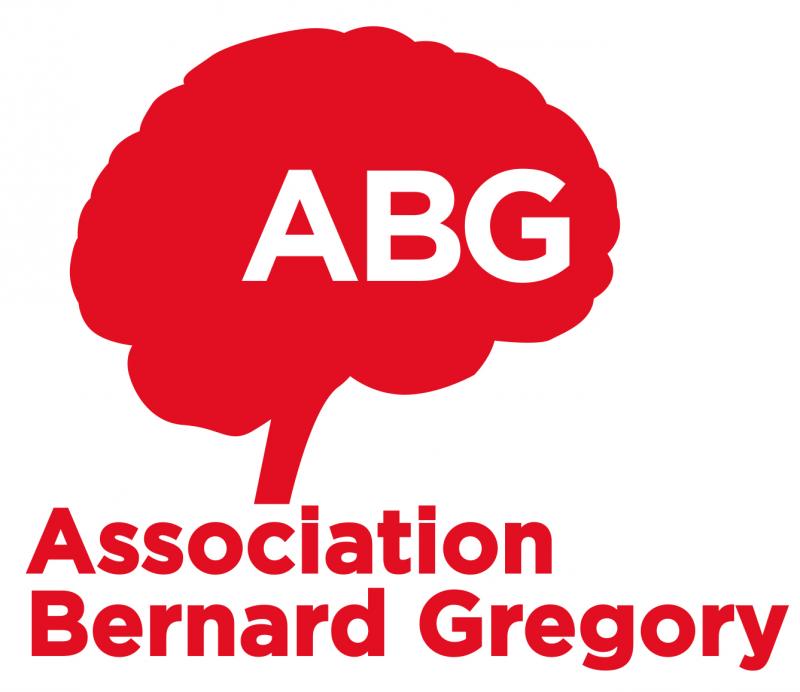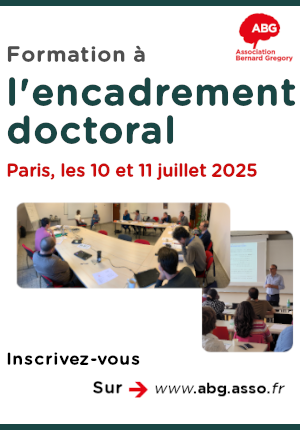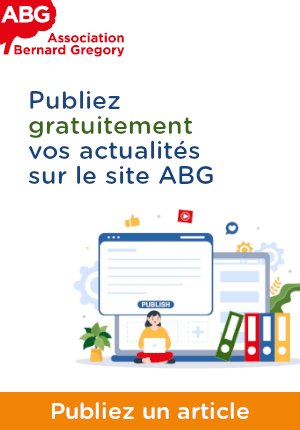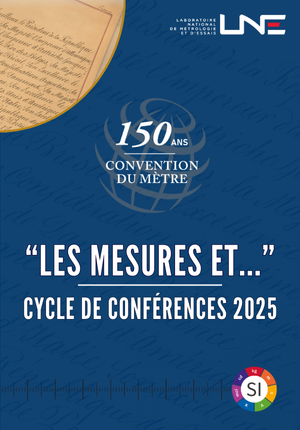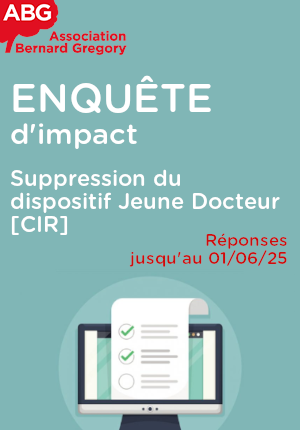Modélisation de futurs sous contraintes sur la région grenobloise // Modelling future scenarios under constraints in the Grenoble area
|
ABG-132217
ADUM-66296 |
Thesis topic | |
| 2025-05-27 |
Université Grenoble Alpes
Grenoble Cedex 9 - Auvergne-Rhône-Alpes - France
Modélisation de futurs sous contraintes sur la région grenobloise // Modelling future scenarios under constraints in the Grenoble area
- Computer science
Modélisation, Optimisation, Contraintes, IHM, Scénario, Soutenabilité
Modelling, Optimization, Constraint, Human-Computer Interaction, Scenario, Sustainability
Modelling, Optimization, Constraint, Human-Computer Interaction, Scenario, Sustainability
Topic description
Dans un contexte de dégradations environnementales, différents travaux sont menés afin de remettre en question l'organisation biophysique de nos sociétés, avec un focus sur l'analyse des flux de matières et d'énergie. Dans la plupart de ces initiatives, il s'agit d'analyser la situation existante et de se projeter dans des alternatives permettant l'équilibre des flux, la maîtrise des pressions environnementales qui y sont associées, ainsi que l'intégration de contraintes supplémentaires, politiques, économiques et sociales. Afin d'accompagner et de faciliter ces analyses, et dans la continuité de travaux sur des approches d'étude de métabolisme, l'équipe STEEP travaille sur l'élaboration d'un outil numérique, le logiciel STAX. Au-delà du développement de modèles facilitant l'analyse de la situation existante qui constituait le cœur de précédents travaux de recherche, il s'agit ici de permettre une exploration des alternatives possibles pour l'avenir, au sens de leur cohérence physique, tout en permettant à l'utilisateur de réfléchir ses propres contraintes.
L'objectif de cette thèse est d'ancrer cet outil numérique dans l'accompagnement territorial en l'instanciant pour la région Grenobloise et en accompagnant son usage, en support à des dialogues et décisions d'acteurs du territoire. Il s'agit donc, là, de penser et évaluer la mise à l'épreuve de l'outil et d'en adapter à la fois le modèle sous-jacent et l'interface utilisateur, impliquant différentes questions de recherche : comment réaliser réellement une analyse flux-stocks pour la région Grenobloise ? Comment penser l'intégration des modélisations sectorielles existantes et à construire dans un unique référentiel de modélisation ? Comment intégrer ce travail de diagnostic dans le logiciel STAX avec, pour mise à l'épreuve de l'outil, la compatibilité entre les spécificités du territoire et des données disponibles avec les entrées de l'outil ? Du diagnostic, comment aller vers de la conception d'alternatives dans ce contexte territorial précis ? Comment la mettre en test ? Et quelle évaluation de ce travail de terrain, pour penser l'adaptation de l'outil en parallèle de son développement, afin de penser à la fois la généricité de ce travail en permettant son adaptation à d'autres contextes mais aussi de penser son ancrage dans ce contexte situé ?
------------------------------------------------------------------------------------------------------------------------------------------------------------------------
------------------------------------------------------------------------------------------------------------------------------------------------------------------------
Against a backdrop of environmental degradation, a number of initiatives are underway to question the biophysical organization of our societies, with a focus on the analysis of material and energy flows. In most of these initiatives, the aim is to analyze the existing situation and project alternatives that balance flows, control the associated environmental pressures, and integrate additional political, economic and social constraints. To support and facilitate these analyses, and following on from work on metabolic study approaches, the STEEP team is working on the development of a digital tool, the STAX software. In addition to the development of models to facilitate analysis of existing situations, which was at the heart of previous research work, the aim here is to enable exploration of possible alternatives, in the sense of their physical coherence, while allowing users to reflect on their own constraints.
The aim of this thesis is to anchor this digital tool in territorial support by instantiating it for the Grenoble region and accompanying its use, in support of dialogues and decisions by territorial players. The aim is to test and evaluate the tool, and to adapt both the underlying model and the user interface, involving a number of research questions: how can we really carry out a flow-stock analysis for the Grenoble region? How can we integrate existing and future sectoral models into a single modeling repository? How can this diagnostic work be integrated into the STAX software, with the aim of testing the tool's compatibility between the specific features of the area and the data available, and the tool's inputs? What HMI interfaces would enable this tool to be fully effective and minimize usage bias in relation to the targeted objectives? How can we move from diagnosis to the design of alternatives in this specific territorial context? How can it be tested? And how can this fieldwork be evaluated, so that the tool can be adapted in parallel with its development, so that it can be adapted to other contexts, but also so that it remains anchored in this particular context?
------------------------------------------------------------------------------------------------------------------------------------------------------------------------
------------------------------------------------------------------------------------------------------------------------------------------------------------------------
Début de la thèse : 01/10/2025
L'objectif de cette thèse est d'ancrer cet outil numérique dans l'accompagnement territorial en l'instanciant pour la région Grenobloise et en accompagnant son usage, en support à des dialogues et décisions d'acteurs du territoire. Il s'agit donc, là, de penser et évaluer la mise à l'épreuve de l'outil et d'en adapter à la fois le modèle sous-jacent et l'interface utilisateur, impliquant différentes questions de recherche : comment réaliser réellement une analyse flux-stocks pour la région Grenobloise ? Comment penser l'intégration des modélisations sectorielles existantes et à construire dans un unique référentiel de modélisation ? Comment intégrer ce travail de diagnostic dans le logiciel STAX avec, pour mise à l'épreuve de l'outil, la compatibilité entre les spécificités du territoire et des données disponibles avec les entrées de l'outil ? Du diagnostic, comment aller vers de la conception d'alternatives dans ce contexte territorial précis ? Comment la mettre en test ? Et quelle évaluation de ce travail de terrain, pour penser l'adaptation de l'outil en parallèle de son développement, afin de penser à la fois la généricité de ce travail en permettant son adaptation à d'autres contextes mais aussi de penser son ancrage dans ce contexte situé ?
------------------------------------------------------------------------------------------------------------------------------------------------------------------------
------------------------------------------------------------------------------------------------------------------------------------------------------------------------
Against a backdrop of environmental degradation, a number of initiatives are underway to question the biophysical organization of our societies, with a focus on the analysis of material and energy flows. In most of these initiatives, the aim is to analyze the existing situation and project alternatives that balance flows, control the associated environmental pressures, and integrate additional political, economic and social constraints. To support and facilitate these analyses, and following on from work on metabolic study approaches, the STEEP team is working on the development of a digital tool, the STAX software. In addition to the development of models to facilitate analysis of existing situations, which was at the heart of previous research work, the aim here is to enable exploration of possible alternatives, in the sense of their physical coherence, while allowing users to reflect on their own constraints.
The aim of this thesis is to anchor this digital tool in territorial support by instantiating it for the Grenoble region and accompanying its use, in support of dialogues and decisions by territorial players. The aim is to test and evaluate the tool, and to adapt both the underlying model and the user interface, involving a number of research questions: how can we really carry out a flow-stock analysis for the Grenoble region? How can we integrate existing and future sectoral models into a single modeling repository? How can this diagnostic work be integrated into the STAX software, with the aim of testing the tool's compatibility between the specific features of the area and the data available, and the tool's inputs? What HMI interfaces would enable this tool to be fully effective and minimize usage bias in relation to the targeted objectives? How can we move from diagnosis to the design of alternatives in this specific territorial context? How can it be tested? And how can this fieldwork be evaluated, so that the tool can be adapted in parallel with its development, so that it can be adapted to other contexts, but also so that it remains anchored in this particular context?
------------------------------------------------------------------------------------------------------------------------------------------------------------------------
------------------------------------------------------------------------------------------------------------------------------------------------------------------------
Début de la thèse : 01/10/2025
Funding category
Funding further details
Concours allocations
Presentation of host institution and host laboratory
Université Grenoble Alpes
Institution awarding doctoral degree
Université Grenoble Alpes
Graduate school
217 MSTII - Mathématiques, Sciences et technologies de l'information, Informatique
Candidate's profile
- Formation scientifique
- Modélisation environnementale (ressources, énergie…)
- Animation d'ateliers mobilisant des outils de modélisation avec des publics non spécialistes.
- Scientific training - Environmental modeling (resources, energy, etc.) - Facilitation of workshops using modeling tools with non-specialist audiences.
- Scientific training - Environmental modeling (resources, energy, etc.) - Facilitation of workshops using modeling tools with non-specialist audiences.
2025-06-09
Apply
Close
Vous avez déjà un compte ?
Nouvel utilisateur ?
More information about ABG?
Get ABG’s monthly newsletters including news, job offers, grants & fellowships and a selection of relevant events…
Discover our members
 Tecknowmetrix
Tecknowmetrix  Nokia Bell Labs France
Nokia Bell Labs France  MabDesign
MabDesign  ONERA - The French Aerospace Lab
ONERA - The French Aerospace Lab  CESI
CESI 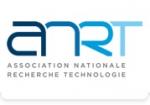 ANRT
ANRT 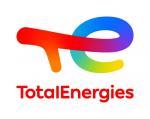 TotalEnergies
TotalEnergies  Laboratoire National de Métrologie et d'Essais - LNE
Laboratoire National de Métrologie et d'Essais - LNE  Institut Sup'biotech de Paris
Institut Sup'biotech de Paris  CASDEN
CASDEN  ASNR - Autorité de sûreté nucléaire et de radioprotection - Siège
ASNR - Autorité de sûreté nucléaire et de radioprotection - Siège 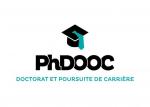 PhDOOC
PhDOOC  Groupe AFNOR - Association française de normalisation
Groupe AFNOR - Association française de normalisation  MabDesign
MabDesign  Généthon
Généthon  Ifremer
Ifremer 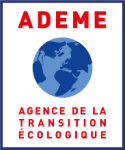 ADEME
ADEME  Aérocentre, Pôle d'excellence régional
Aérocentre, Pôle d'excellence régional  SUEZ
SUEZ


